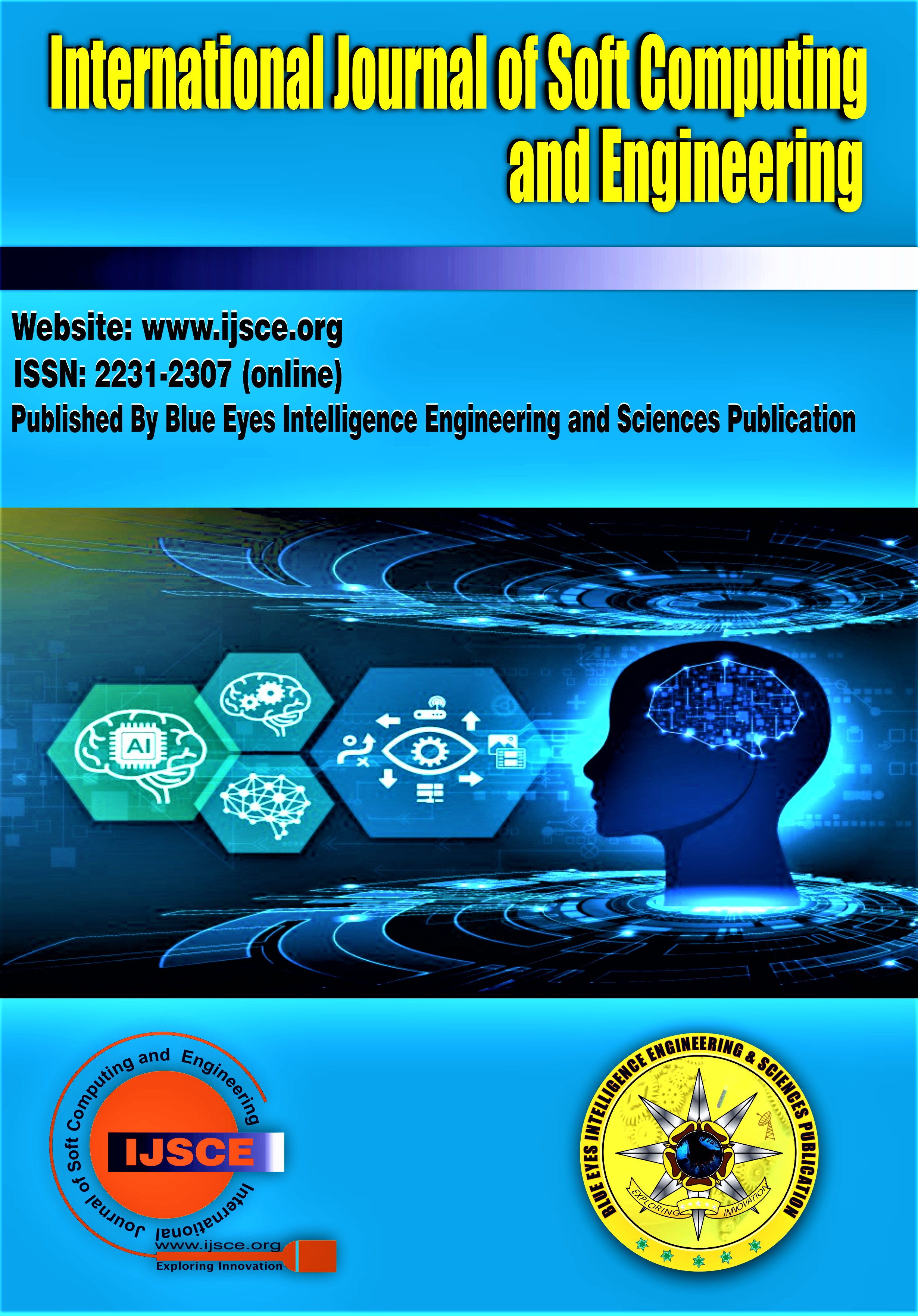Effectiveness of Generative AI in Processing Antique Coin Imagery: A Quantitative Study
Main Article Content
Abstract
This study quantitatively evaluates the effectiveness of five prominent generative AI platforms—Google Gemini (2.0 Flash), OpenAI ChatGPT (GPT-4.1), Microsoft Copilot, Ola Krutrim, and X Grok (Grok 3)—in processing and classifying antique coin imagery. Moving beyond qualitative assessments, this research provides a rigorous quantitative analysis of their capabilities in accurately extracting key identifying information from images of historical artefacts. Utilising a carefully curated dataset of ten distinct antique coins spanning diverse historical periods and geographical origins, we assess each platform's ability to correctly identify the coin (denomination or type), its country of origin, and the constituent material based solely on images of their obverse and reverse. The methodology employed, emphasising controlled conditions and objective accuracy metrics, along with the results obtained, offers a valuable comparative benchmark of current generative AI capabilities in this specialised numismatic domain. This research contributes to the broader understanding of AI's potential in augmenting and potentially transforming workflows within cultural heritage and historical studies.
Downloads
Article Details
Section

This work is licensed under a Creative Commons Attribution-NonCommercial-NoDerivatives 4.0 International License.
How to Cite
References
Lee, K. T., Chee, P. S., Lim, E. H., & Lim, C. C. (2022). Artificial intelligence (AI)-driven smart glove for object recognition application. Materials Today: Proceedings, 64, 1563-1568. DOI: https://doi.org/10.1007/s13735-017-0141-z
Guo, Y., Liu, Y., Georgiou, T., & Lew, M. S. (2018). A review of semantic segmentation using deep neural networks. International journal of multimedia information retrieval, 7, 87-93. DOI: https://doi.org/10.1016/j.matpr.2021.12.473
Wang, W., Bao, J., Zhou, W., Chen, D., Chen, D., Yuan, L., & Li, H. (2022). Semantic image synthesis via diffusion models. arXiv preprint arXiv:2207.00050. DOI: https://doi.org/10.48550/arXiv.2207.00050
Gîrbacia, F. (2024). An Analysis of Research Trends for Using Artificial Intelligence in Cultural Heritage. Electronics, 13(18), 3738. DOI: https://doi.org/10.3390/electronics13183738
Kemmers, F., & Myrberg, N. (2011). Rethinking numismatics. The archaeology of coins. Archaeological Dialogues, 18(1), 87-108.
DOI: https://doi.org/10.1017/S1380203811000146
Cirillo, S., Solimando, G., & Virgili, L. (2024). A deep learning approach to classify the country and value of modern coins. Neural Computing and Applications, 36(20), 11759-11775. DOI: https://doi.org/10.1007/s00521-023-09355-6
Singh, G., Srivastava, V., Kumar, S., Bhatnagar, V., & Dhondiyal, S. A. (2024, August). Exploring the Creative Capacities of Generative AI: A Comparative Study. In 2024 5th International Conference on Electronics and Sustainable Communication Systems (ICESC) (pp. 1809-1813). IEEE. DOI: https://doi.org/10.1109/ICESC60852.2024.10689966





